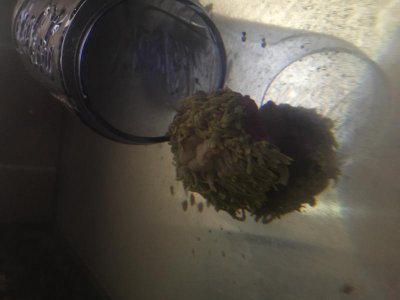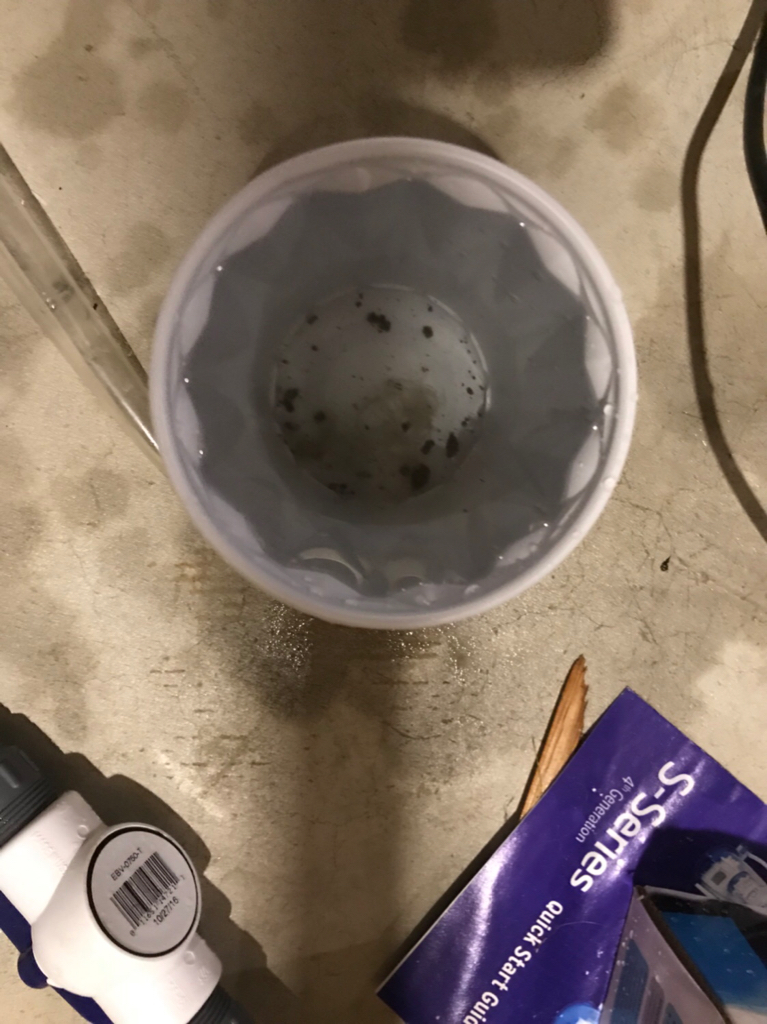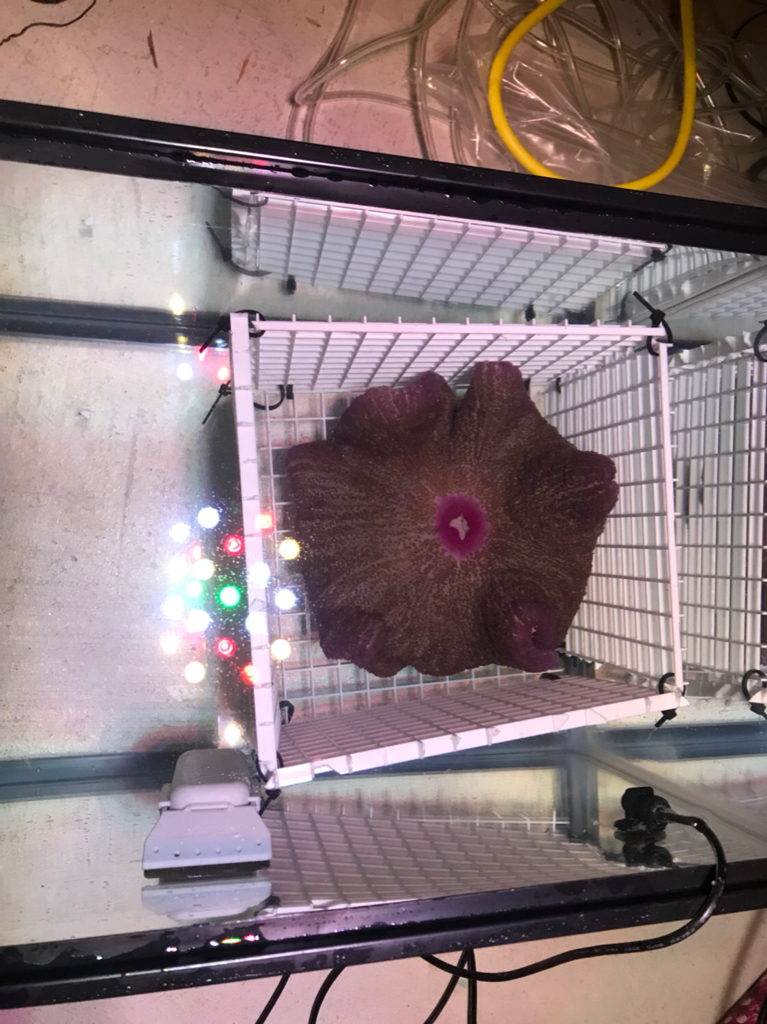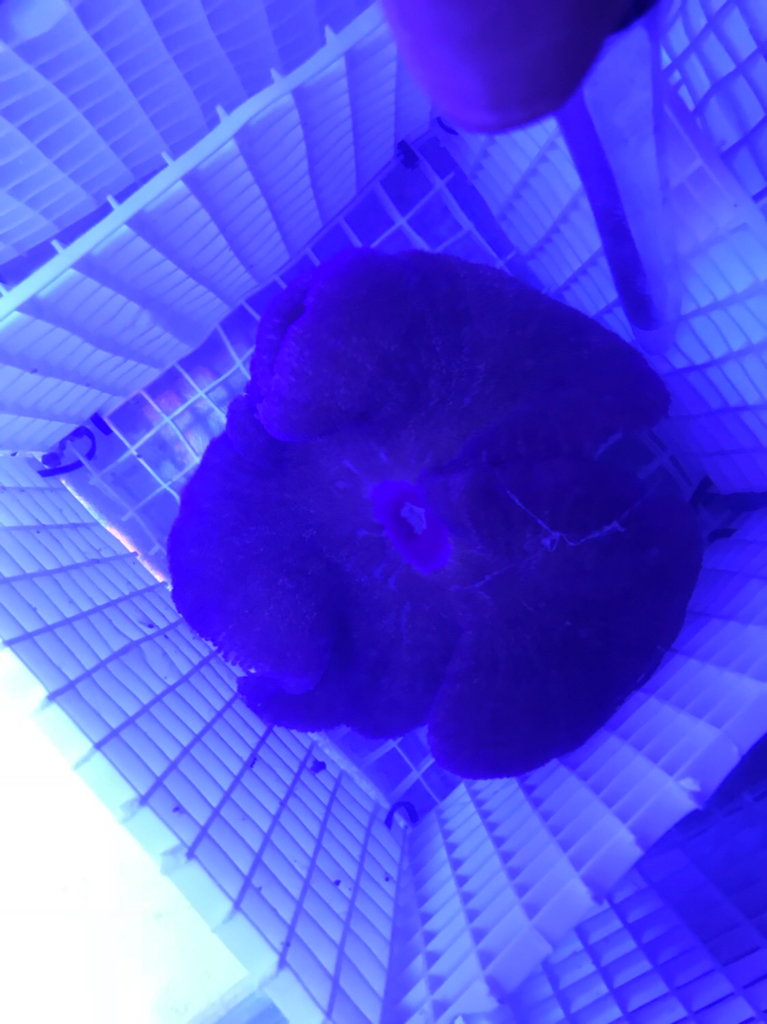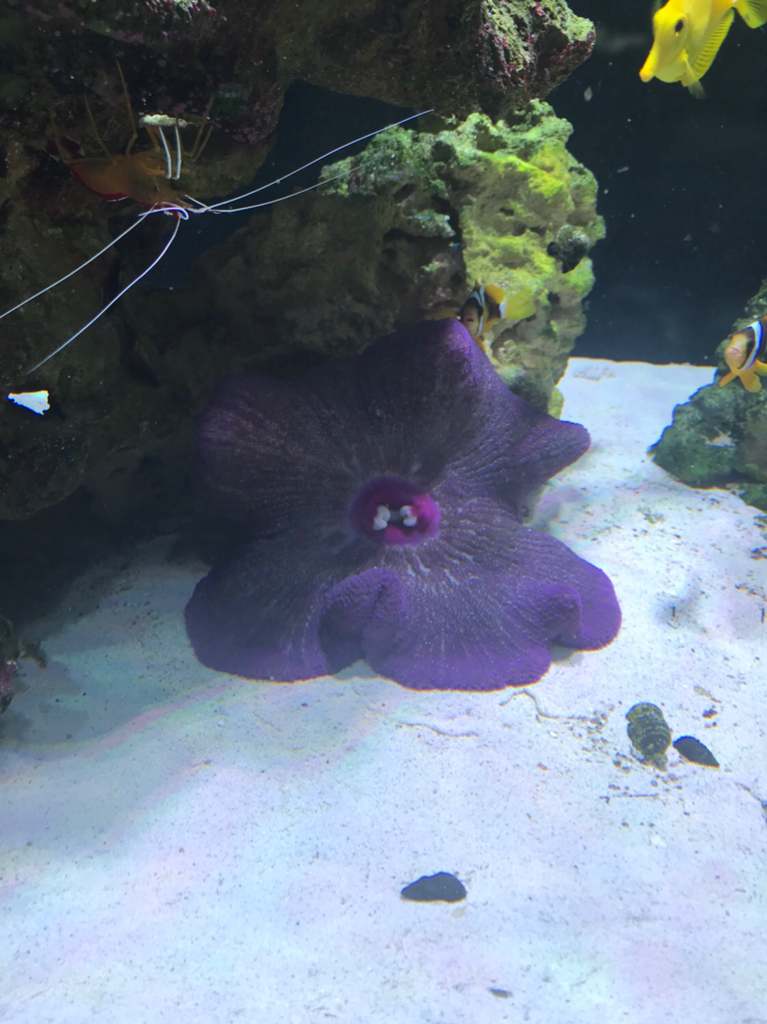Daisybee81
New member
I have just taken a nem I bought last week from my DT as it spent more time deflated than inflated.
I placed it in the DT tank 2 hours ago and it loooks much much worse
is that normal? I'm worried I'm killing it
I placed it in the DT tank 2 hours ago and it loooks much much worse
is that normal? I'm worried I'm killing it

